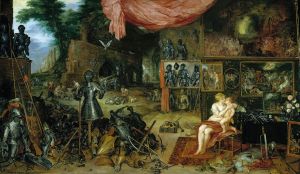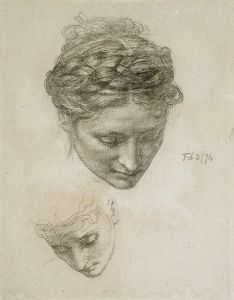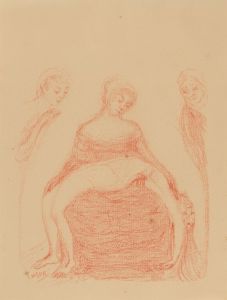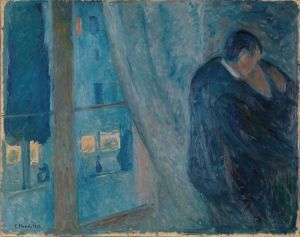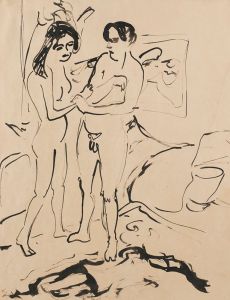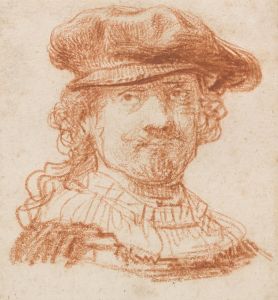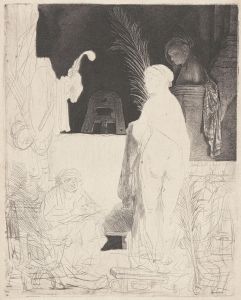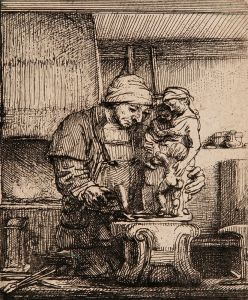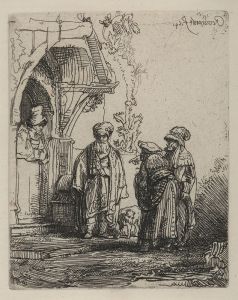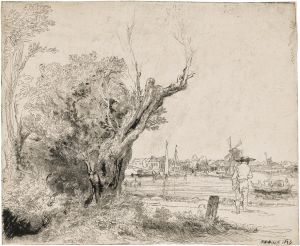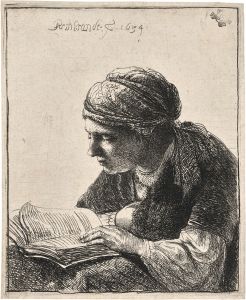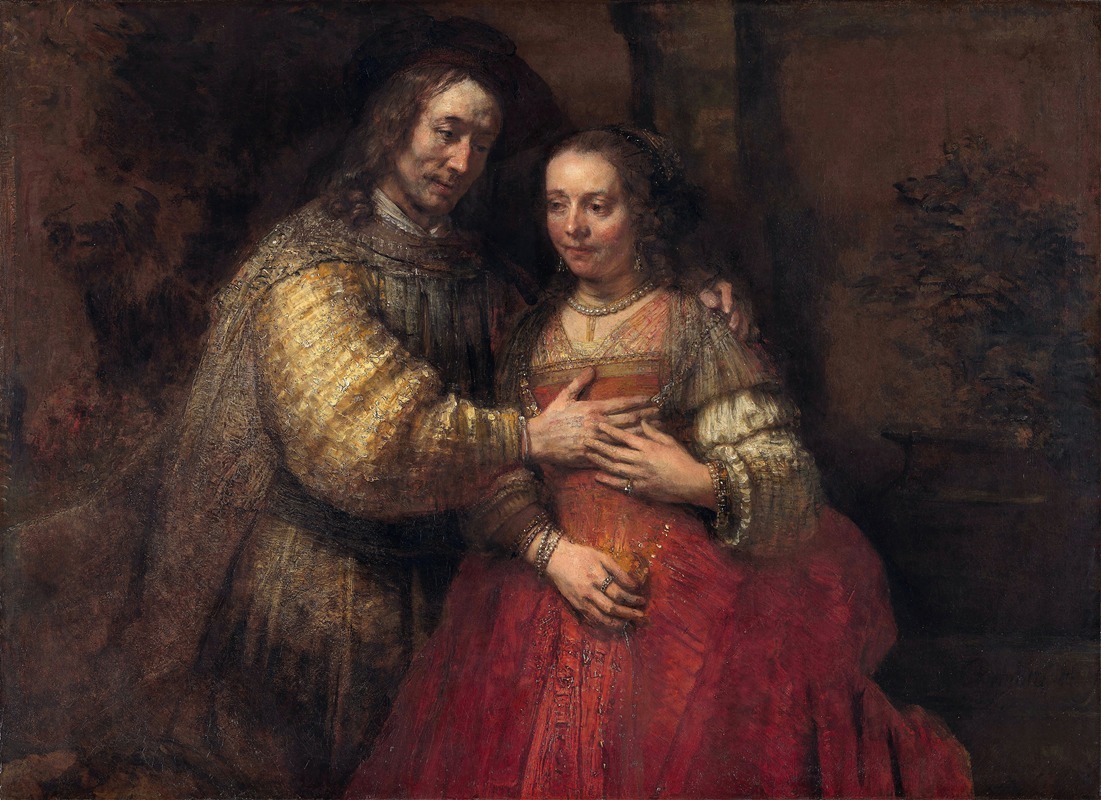
The Jewish Bride
A hand-painted replica of Rembrandt van Rijn’s masterpiece The Jewish Bride, meticulously crafted by professional artists to capture the true essence of the original. Each piece is created with museum-quality canvas and rare mineral pigments, carefully painted by experienced artists with delicate brushstrokes and rich, layered colors to perfectly recreate the texture of the original artwork. Unlike machine-printed reproductions, this hand-painted version brings the painting to life, infused with the artist’s emotions and skill in every stroke. Whether for personal collection or home decoration, it instantly elevates the artistic atmosphere of any space.
"The Jewish Bride" is a renowned painting by the Dutch master Rembrandt van Rijn, completed around 1665-1669. This artwork is housed in the Rijksmuseum in Amsterdam, Netherlands, and is considered one of Rembrandt's masterpieces, showcasing his mature style and profound understanding of human emotion and interaction.
The painting depicts a couple, traditionally identified as a Jewish father and his daughter, although the exact identity of the figures remains uncertain. The title "The Jewish Bride" was assigned in the 19th century, and there is no definitive evidence to confirm the subjects' identities or their relationship. Some art historians suggest that the painting might represent a biblical scene, possibly Isaac and Rebecca from the Old Testament, but this is speculative.
Rembrandt's use of color, light, and texture in "The Jewish Bride" is exemplary of his later work. The painting is noted for its rich, warm palette and the subtle interplay of light and shadow, which adds depth and emotion to the scene. The figures are depicted with a remarkable sense of intimacy and tenderness, as the man gently places his hand on the woman's shoulder, and she touches his hand in return. This gesture conveys a deep emotional connection between the two, which is a hallmark of Rembrandt's ability to capture the essence of human relationships.
The clothing and jewelry of the figures are rendered with meticulous attention to detail, showcasing Rembrandt's skill in depicting textures and materials. The man's attire is opulent, with a richly embroidered cloak and a turban-like headpiece, while the woman wears a luxurious gown adorned with pearls and gold. The intricate brushwork and layering of paint create a sense of realism and depth, drawing the viewer into the intimate world of the subjects.
"The Jewish Bride" is also notable for its composition, which is both balanced and dynamic. The figures are positioned slightly off-center, creating a sense of movement and interaction between them. The background is kept relatively simple, with dark, muted tones that serve to highlight the figures and their expressions.
Throughout his career, Rembrandt was known for his ability to convey the complexities of human emotion and experience, and "The Jewish Bride" is a testament to this talent. The painting's enduring appeal lies in its ability to evoke a sense of timelessness and universality, capturing a moment of profound connection between two individuals.
In summary, "The Jewish Bride" is a masterful example of Rembrandt's later work, characterized by its emotional depth, technical skill, and timeless beauty. Despite the uncertainty surrounding the identity of the figures, the painting continues to captivate audiences with its portrayal of human intimacy and the artist's unparalleled ability to bring his subjects to life.





